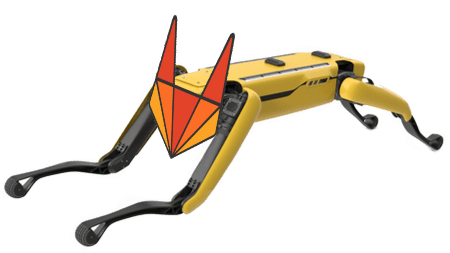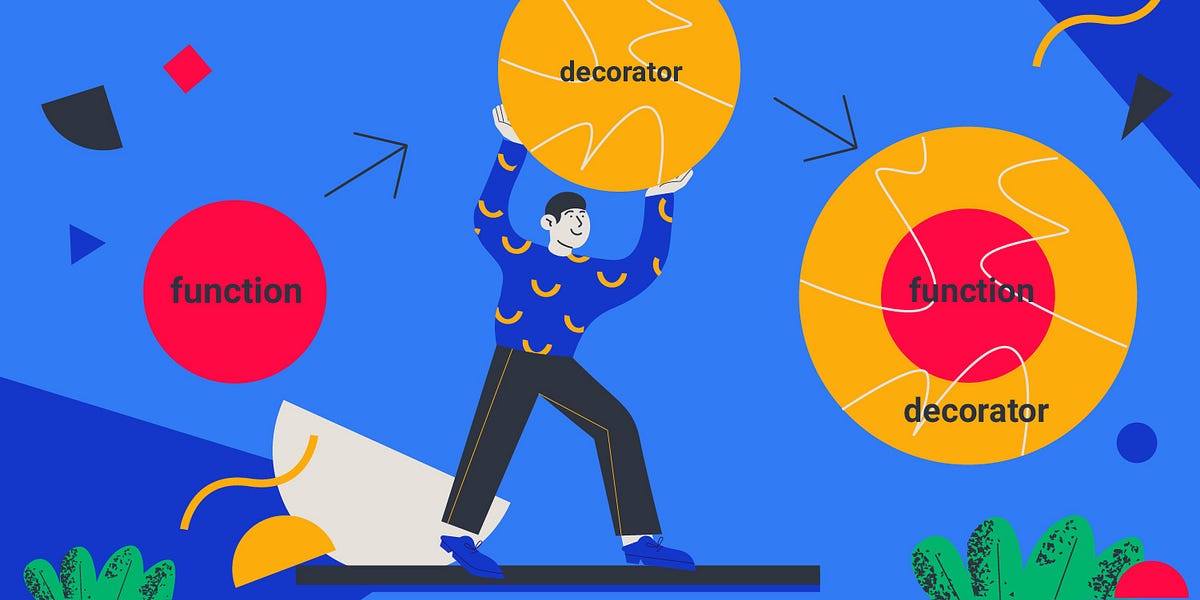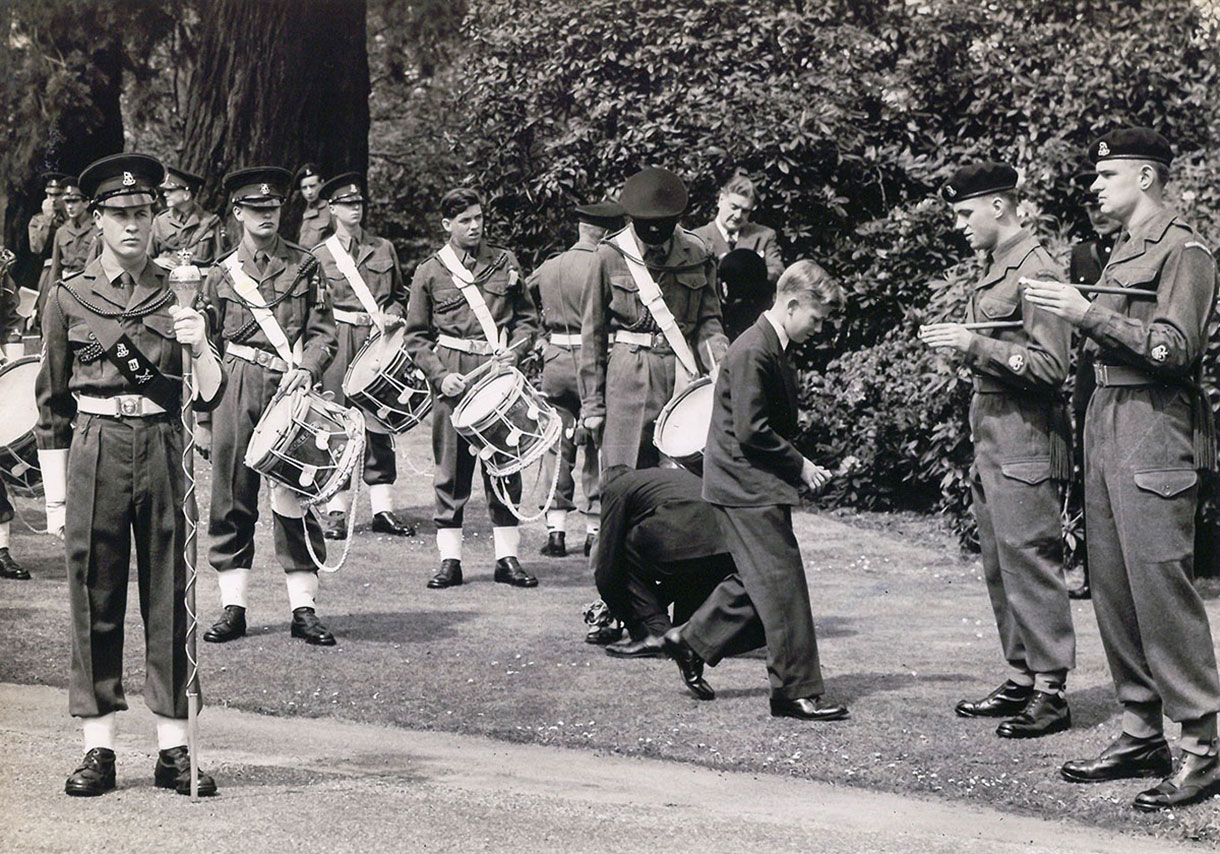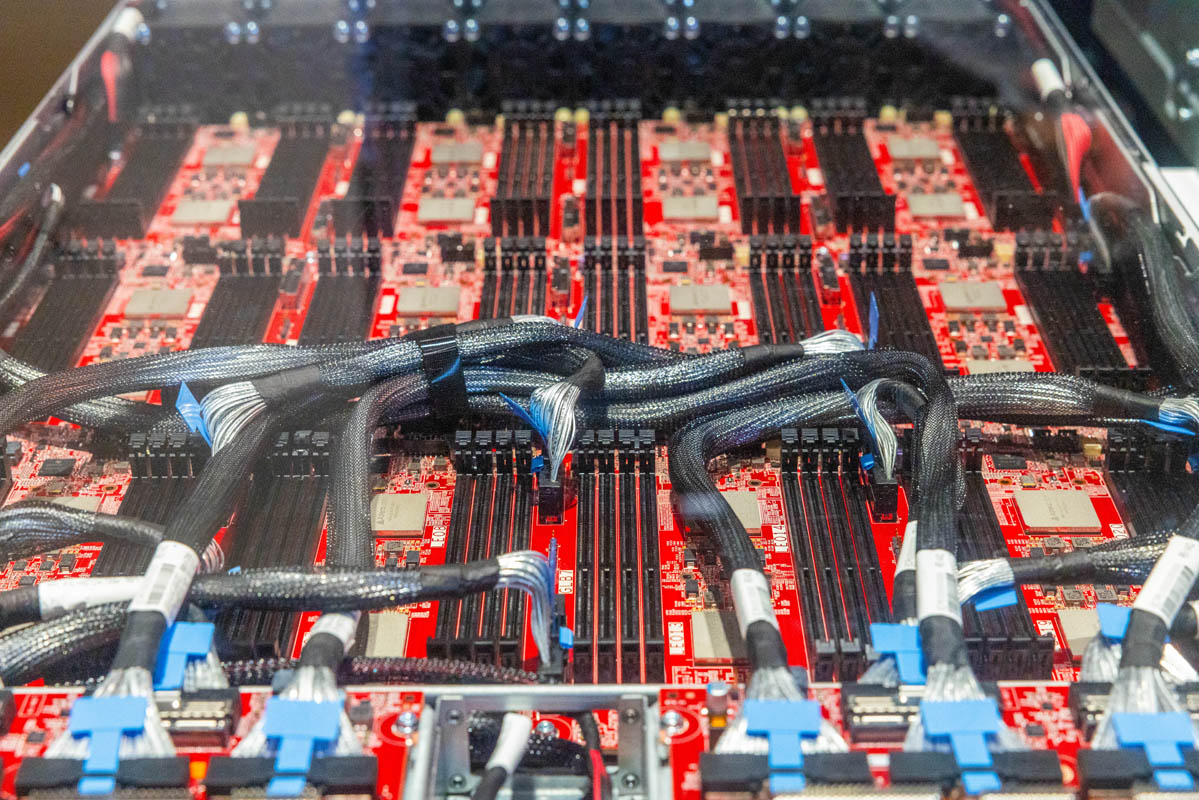
HCI Deep Dives | Kai Kunze
HCI Deep Dives is your go-to podcast for exploring the latest trends, research, and innovations in Human Computer Interaction (HCI). Auto-generated using the latest publications in the field, each episode dives into in-depth discussions on topics like wearable computing, augmented perception, cognitive augmentation, and digitalized emotions. Whether you’re a researcher, practitioner, or just curious about the intersection of technology and human senses, this podcast offers thought-provoking insights and ideas to keep you at the forefront of HCI.
Acoustic noise control or cancellation (ANC) is a commonplace component of modern audio headphones. ANC aims to actively mitigate disturbing environmental noise for a quieter and improved listening experience. ANC is digitally controlling frequency and amplitude characteristics of sound. Much less explored is visual noise and active visual noise control, which we address here. We first explore visual noise and scenarios in which visual noise arises based on findings from four workshops we conducted. We then introduce the concept of visual noise cancellation (VNC) and how it can be used to reduce identified effects of visual noise. In addition, we developed head-worn demonstration prototypes to practically explore the concept of active VNC with selected scenarios in a user study. Finally, we discuss the application of VNC, including vision augmentations that moderate the user’s view of the environment to address perceptual needs and to provide augmented reality content. https://dl.acm.org/doi/10.1145/3634699
We deep dive today into the ISWC 2024 best paper award. Tactile feedback mechanisms enhance the user experience of modern wearables by stimulating the sense of touch and enabling intuitive interactions. Electro-tactile stimulation-based tactile interfaces stand out due to their compact form factor and ability to deliver localized tactile sensations. Integrating force sensing with electro-tactile stimulation creates more responsive bidirectional systems that are beneficial in applications requiring precise control and feedback. However, current research often relies on separate sensors for force sensing, increasing system complexity and raising challenges in system scalability. We propose a novel approach that utilizes 3D-printed modified surfaces as the electro-tactile electrode interface to sense applied force and deliver feedback simultaneously without additional sensors. This method simplifies the system, maintains flexibility, and leverages the rapid prototyping capabilities of 3D printing. The functionality of this approach is validated through a user study (N=10), and two practical applications are proposed, both incorporating simultaneous sensing and tactile feedback. https://dl.acm.org/doi/10.1145/3675095.3676612






















